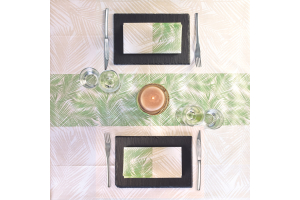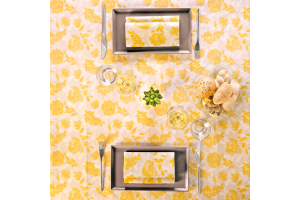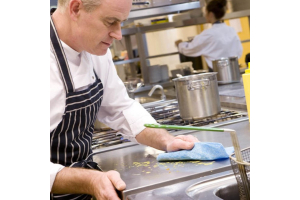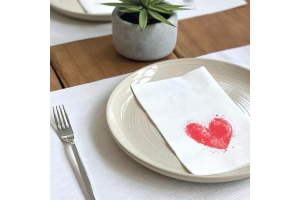DISPOSABLE TABLE CLOTH WINS ON THE TABLE
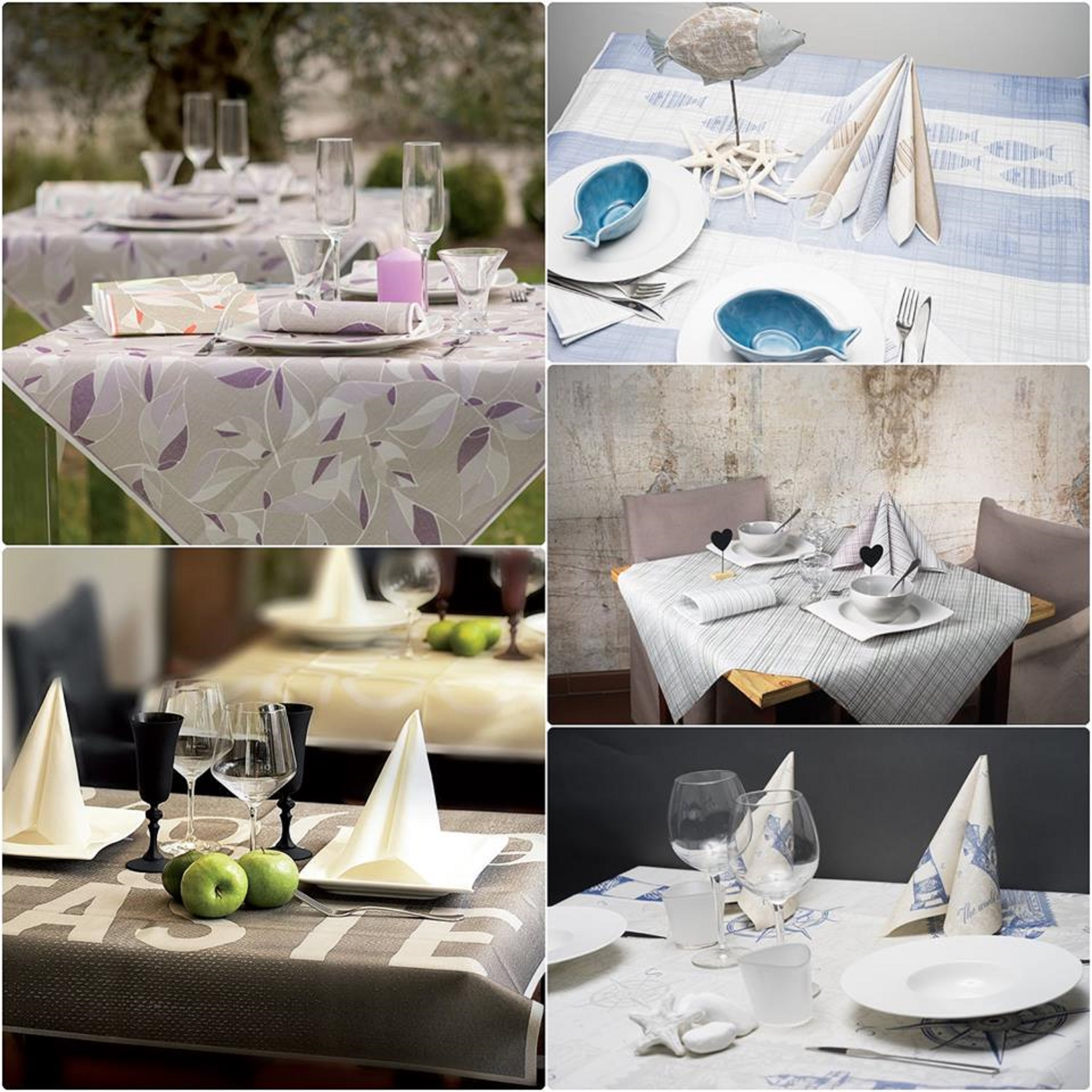
Discover products i TnTGiusky
TnT Disposable Tablecloths TnT Disposable Napkins
The image may contain: plant, the following text "Giusky T.N.T. GIUSKY, THE MOST LOVED DISPOSABLE TISSUE TOUCHES BY RESTAURANTS VISIT OUR SITE TNTGIUSKY.COM MADE IN ITALY"
The table likes minimal. That is, at least according to the president of APCI, Professional Association of Italian Chefs. "The trend," he explains, "is to levare rather than to add: tablecloths are becoming simpler, and disposable solutions are preferred to fabrics to be washed. This is not only true for establishments that offer fast food and inexpensive menus, but also for restaurants of a certain level, which now have high quality products available even in the disposable area. Traditional, washable cotton table linens remain the preserve of "old style" establishments, or in the banqueting area, where the caterer adapts to customer demands."
More formal and gourmand establishments are also following this trend, and even top chefs are no exception. The reasons? "First of all, the vile money, undoubtedly a disposable table place setting, even of good quality still costs less than the fabric, which requires more complex management: washing, drying, ironing, on its own or through the laundry service, transportation of the dirty and clean. In the past, many of us used this option, but it is now much less common because the laundry proposal had limitations both in the quality and variety of textiles offered and because the detergents used to ensure hygiene had a rather pronounced impact on the fabric, including odor."
In addition, choosing disposables allows the caterer great freedom to vary. "With proprietary textiles it is not possible to change often, for reasons of cost," he points out, "with a laundry service, the change of table linens has to be planned months in advance and within a restricted range anyway. With disposables, one can change the look of the restaurant between lunch and dinner, according to the seasons or create ad hoc 'equipment' on special event occasions." The problem is perhaps the perception of the customer, who especially in restaurants with a not insignificant cover charge, certainly does not expect disposable table linens. "The patron's experience is also changing, and then the restaurateur's skill lies in selecting the right disposable based on their venue. Currently there is the widest range of choices in colors, patterns, weights, quality and expense level. Good disposables are recognizable."
Wanting to rank the cost, paper (dry or cellulose wadding) is the cheapest solution with a cost around 6-7 cents for a napkin; then there is disposable cotton and non-woven fabric with prices around 15 cents per napkin. Paper is best suited for young set-ups and quick-service dining. The only limitation may be size: to avoid breakage, it is best to stay within 140 cm on the side for tablecloth covers.
Disposable cotton is a soft, durable, hypoallergenic fiber. Products made of this material, before being thrown away, can also be used as "bulk" cleaning cloths, for example, wiping spilled liquids on the floor, because cotton absorbs and does not break down. Compared with paper disposables, cotton disposables are softer, have a similar effect to classic reusable cloth equipment, and are pleasant to the mouth. Because it is disposable, it ensures maximum hygiene and does not retain the odor of detergent. From an environmental point of view, cotton disposable has better sustainability than cellulose disposable, because the cotton flower, from which the fiber is obtained, has a much shorter life cycle than the trees grown for paper production. Also, because they are made of cotton, napkins and tablecloth covers match very consistently with any multipurpose tablecloths. The overview of disposables concludes with nonwoven fabric, so-called Tnt.
"It is," explains Ezio Lorusso, administrator of the tntgiusky company, "a large family of textile products with different compositions, which have the common characteristic of not being made through the crossing of warp and weft. Depending on the fibers used, we obtain products that are more or less soft and pleasant to the mouth, with different weights. Our products, for example, are biodegradable and compostable, two characteristics guaranteed by certification." In the area of disposables, therefore, the choice is really wide. But what is the best solution? "I don't think there are precise rules," Lorusso explains, "and everyone has to find in the range of offerings the solution that in terms of price and characteristics is best suited to his or her venue. In my opinion, one criterion that can guide the choice is this: one napkin should be enough for a whole meal, whatever you eat. It is really annoying to have to ask halfway through a meal for a new napkin because the first one is unusable. The criterion of choice for the restaurateur should be agreeableness for the customer, rather than mere cheapness."




